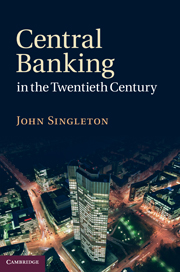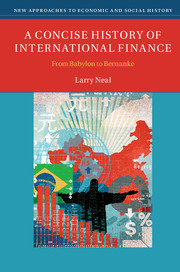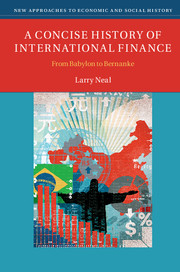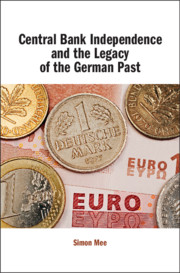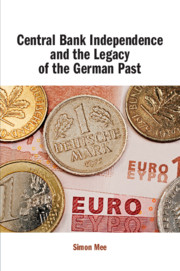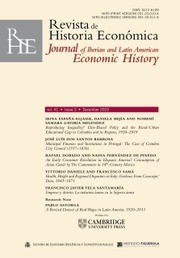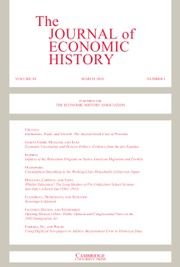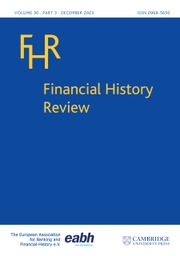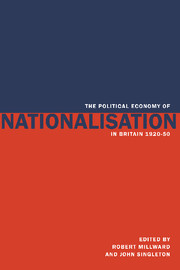Central Banking in the Twentieth Century
Central banks are powerful but poorly understood organisations. In 1900 the Bank of Japan was the only central bank to exist outside Europe but over the past century central banking has proliferated. John Singleton here explains how central banks and the profession of central banking have evolved and spread across the globe during this period. He shows that the central banking world has experienced two revolutions in thinking and practice, the first after the depression of the early 1930s, and the second in response to the high inflation of the 1970s and 1980s. In addition, the central banking profession has changed radically. In 1900 the professional central banker was a specialised type of banker, whereas today he or she must also be a sophisticated economist and a public official. Understanding these changes is essential to explaining the role of central banks during the recent global financial crisis.
- Covers a broad range of countries, including developing and smaller developed countries
- Provides an insight into the often misunderstood activities of central banks during their development since 1900
- Demonstrates how financial crises have shaped the central banking world, and continue to do so
Reviews & endorsements
"...students of monetary policy will find this volume to be an essential starting point for delving further into the history and practice of central banking." -Pierre Siklos, EH.Net
Product details
December 2010Hardback
9780521899093
350 pages
234 × 159 × 21 mm
0.69kg
1 b/w illus. 3 tables
Available
Table of Contents
- 1. A beginner's guide to central banking
- 2. Very boring guys?
- 3. Wind in the willows: the small world of central banking c.1900
- 4. Something for everyone: new central banks, 1900–39
- 5. A series of disasters: central banking, 1914–39
- 6. The mysteries of central bank cooperation
- 7. The first central banking revolution
- 8. No time for cosmic thinkers: central banking in the 'Keynesian' era
- 9. Rekindling central bank cooperation in the Bretton Woods era
- 10. The goose that lays the golden egg: central banking in developing countries
- 11. The horse of inflation
- 12. The second central banking revolution: independence and accountability
- 13. Reputations at stake: financial deregulation and instability
- 14. Inflation targeting: the Holy Grail?
- 15. The long march to European monetary integration
- 16. A world with half a million central bankers.

